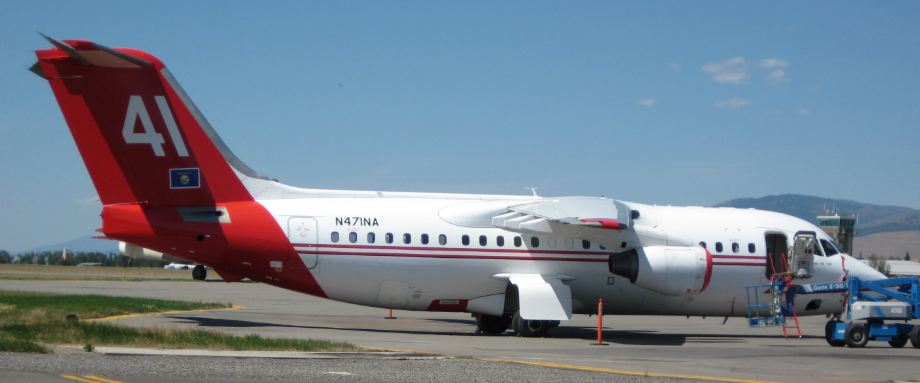Tim Walton sent us a link to a video that was shot on Sunday at the Scotts Fire east of Ukiah, California (map). The cast of the film includes:
- One or more S-2Ts (tanker 96 was one of them)
- Tanker 911, the Very Large Air Tanker, a DC-10
- Tanker 40, a BAe-146
- A MAFFS C-130, (possibly MAFFS #8)
Tim, who has been capturing images of fires for 30 years, shot the video. Thanks Tim!
CAL FIRE says the Scotts Fire has burned about 4,600 acres and is 15% contained. Approximately 300 homes are threatened. In Addition:
The fire continues to burn southeast towards Little Cow Mountain and east towards the Scotts Valley Road area in steep and rugged terrain. Fire crews and equipment have been successful in holding the fire south of Highway 20, west of Scotts Valley Road, and east of Cow Mountain Road. Today, a heavy commitment of aircraft, bulldozers, and fire crews will continue to build and strengthen containment lines. Efforts continue to protect BLM lands, as well as critical communications infrastructure in the Cow Mountain Road area.







